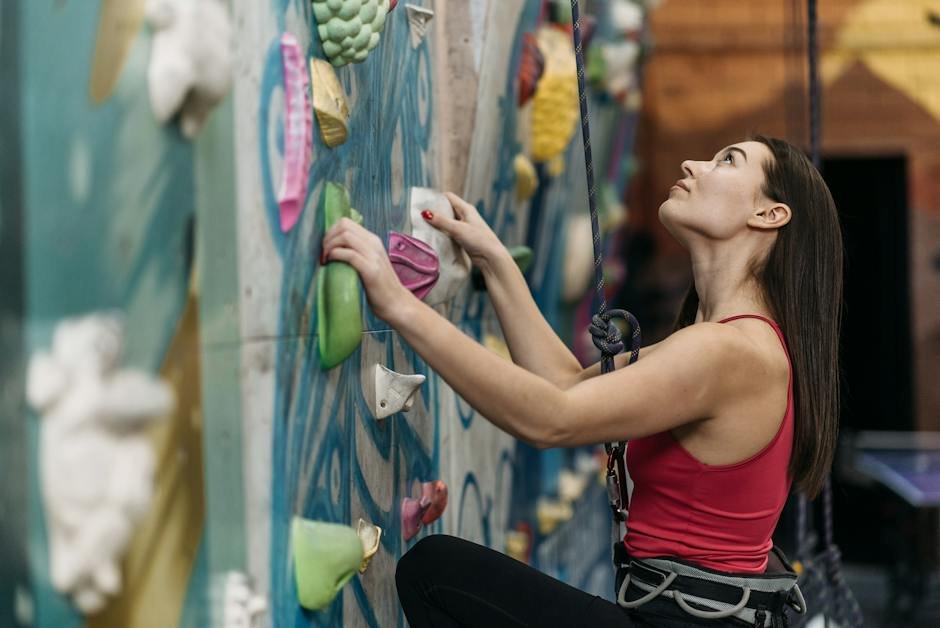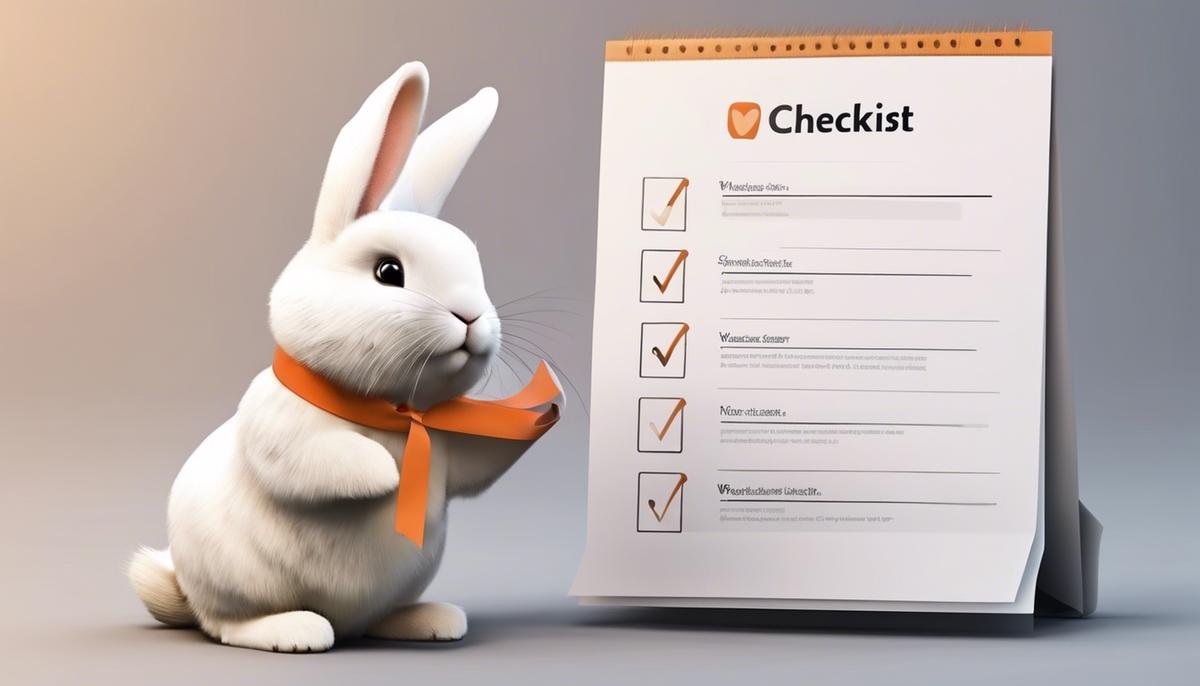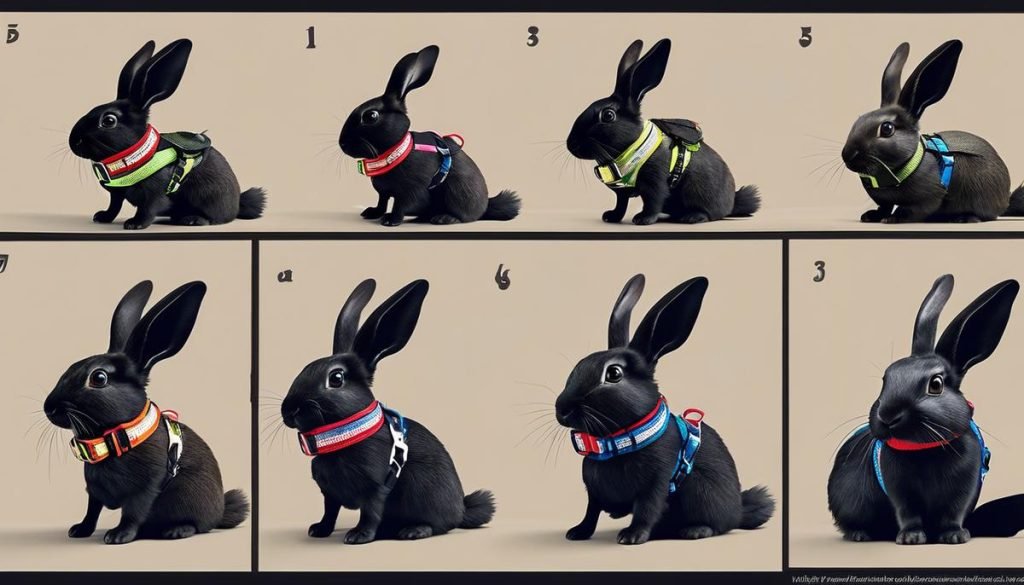Many rabbit owners love spending quality time with their furry friends both indoors and out. While indoor environments are typically safe and controlled, venturing outside introduces a realm of new sights and sounds that can be enriching for your rabbit – with the right precautions. An essential tool for these adventures is a harness designed specifically for rabbits. It’s not just about choosing any harness; it’s about finding the right one that ensures the safety and comfort of your pet. This essay will delve into harness styles that are suitable for rabbits, highlighting the importance of a secure and comfortable fit to prevent potential escape or injury. Additionally, it will offer insight into how you can effectively train your rabbit to wear a harness, fostering a positive and stress-free experience during their outdoor exploration.
Choosing the Right Harness
Hop Into Safety: Choosing the Right Harness for Your Rabbit
Are you a bunny guardian looking to adventure safely with your furry friend? Then, you’re in the right place! Rabbits are naturally active and curious creatures, and there’s no reason they can’t enjoy a nice, secure romp outside—provided, of course, they’re harnessed properly. Safety is the name of the game when selecting a harness for a rabbit, so let’s hop right into the details on which types are hare-raisingly good.
Materials MatterFirst off, the most rabbit-friendly harnesses are made from lightweight, breathable materials. Mesh fabric or soft, padded nylon ensures comfort and prevents your bunny from overheating during their explorations. Avoid anything heavy or rough, as this can cause discomfort and restrict your rabbit’s delicate body movements.
Styles That SupportWhen it comes to the style of the harness, think support and security. The traditional ‘H’ style harness is popular, but for rabbits, the vest-style harness is a winner. This design distributes pressure more evenly across the chest rather than the neck, reducing the risk of injury if they tug or the harness gets caught on something.
Fit is FundamentalGetting the fit right is crucial for keeping your bunny buddy safe. A properly fitted rabbit harness should be snug, but not tight—there should be enough space to fit one or two fingers between the harness and your rabbit’s fur. Any looser and your rabbit could make a magician-worthy escape; any tighter and they could be at risk for discomfort or injury.
Escape Artists BewareRemember, rabbits are little Houdinis! They can wriggle their way out of almost anything if given the chance, which is why a secure buckle or fastening system is non-negotiable. Velcro can seem like an easy solution, but it can also be easy for a determined rabbit to undo. Instead, opt for a harness with clips that are more difficult for those clever paws to open.
Trial TimeBefore venturing out, allow your rabbit to get used to the harness indoors. This trial period is essential for two reasons: it helps your rabbit become comfortable wearing the harness, and it gives you the chance to observe and adjust the fit as necessary. Plus, it’s an extra layer of assurance the harness is escape-proof in a safe environment.
In short, when it comes to rabbit harnesses, ensure they’re light, supportive, fit well, and secure. Your rabbit’s safety and comfort hinge on these elements, and so does your peace of mind. With the right harness in place, you and your bunny can enjoy the great outdoors together, bounding along side by side. Happy hopping!

Training Your Rabbit for a Harness
Training your rabbit to accept wearing a harness is a process that requires patience, understanding, and respect for your furry friend’s comfort and boundaries. Here’s how you can embark on this gentle journey.
Begin With Trust
First and foremost, a rabbit’s trust is paramount. Before introducing the harness, spend ample time bonding with your bunny. Hand-feed treats, engage in gentle petting, and ensure all interactions are positive. A trust-filled relationship will ease future training sessions.
Harness Introduction
Once your rabbit feels comfortable with your presence, introduce the harness during regular playtime. Lay it near their play area, allowing curiosity to take the lead. Rabbits are naturally inquisitive and will likely sniff and examine the harness on their own. Do this for a few days so it becomes a familiar object in their environment.
Associate Harness With Positives
Next, begin associating the harness with positive experiences. Place treats on and around the harness to create a pleasant connection in your rabbit’s mind. This step should be repeated until your rabbit shows no signs of stress when interacting with the harness.
Fitting The Harness
It’s fitting time – but keep it brief. Gently place the harness on your rabbit without fastening it. Offer treats and soothing words throughout the process. If your rabbit resists, don’t force it. Remove the harness and try again later. Always end sessions on a positive note.
Incremental Fastening
Once your bunny tolerates the harness, start fastening it for very short periods. Make sure it’s not too tight or too loose; you should be able to fit a finger between the harness and your rabbit’s fur. Gradually increase the time the harness is worn, always under supervision, and always paired with treats and affection.
Leash Introduction
After your rabbit accepts the harness, it’s time to introduce the leash. Attach it to the harness during playtime but don’t hold it yet. Let your bunny drag it around to understand it won’t restrict movement. Do this for several days before you begin holding the leash.
Guided Exploration
Holding the leash lightly, allow your rabbit to lead the way during an indoor adventure. Offer treats and encourage exploration. This builds confidence and reinforces the notion that the harness and leash are part of normal play and exploration.
Outdoor Ventures
If your goal is outdoor excursions, start in a secure, quiet area to avoid overwhelming your bunny. Initial outings should be brief, extending as your rabbit becomes more comfortable. Keep a careful watch for signs of stress or fear, and always be ready to retreat indoors if necessary.
Consistency and Positive Reinforcement
Consistent training sessions coupled with positive reinforcement are key to success. Training should be a daily activity, with each session lasting just a few minutes to avoid overstimulation. Praise and treats should be abundant, making every interaction with the harness a joyous occasion for your rabbit.
By following these steps and maintaining a calm and gentle demeanor, your rabbit will learn to accept the harness as a part of life, enabling you both to enjoy safe adventures together.

Safe Harness Usage and Rabbit Supervision
When it comes to hopping into outdoor adventures with your floppy-eared companion in a harness, taking the right precautions is essential for a safe and enjoyable experience for both you and your rabbit. Here’s a handy checklist to ensure that every hop outside is a hop in the right direction:
Supervision Is Key
Never leave your rabbit unattended while wearing a harness. Curiosity and unpredictability walk hand-in-hand, and even the most well-behaved bunny can get into a pickle when exploring the great outdoors.
Tangle-Free Zone
Always keep an eye on the leash to prevent it from wrapping around your rabbit’s legs or neck. A tangle can cause panic or injury. Using a retractable leash or keeping the excess length coiled in your hand may help minimize risks.
Weather Wisdom
Rabbits are sensitive to extreme temperatures. Avoid harness walks during hot or very cold weather to prevent overheating or chilling, which can be especially harmful for your furry friend.
Escape Artist Alert
Keep a watchful eye out for potential escape routes. Rabbits are naturals at squeezing through tight spots. Before going outdoors, scout the area for gaps under fences, holes, or other escape routes.
Familiar Facilitates Comfort
Choose a regular spot for your outside excursions. Familiarity breeds confidence, as rabbits are creatures of habit. A consistent outdoor environment helps them feel secure.
Noise Navigating
Sudden loud noises can startle your bunny. Find a relatively quiet area to explore, away from loud traffic, dogs barking, or other potential frights.
Predator Proofing
Predators aren’t just a wild worry. Domestic areas can house threats like dogs, cats, or birds of prey. Always be alert and ready to scoop up your bunny if a predator appears.
Chomping Checklist
Rabbits love to nibble, but not everything is good for their guts. Monitor what they chew on while exploring, ensuring they steer clear of toxic plants, pesticides, and anything else that could make them sick.
Health Check Hits
Routinely check your rabbit’s body, especially under the harness, for any signs of irritation, hair loss, or redness. Comfort is paramount; ill-fitting gear can cause more than just a bad hare day.
Vet it Out
Talk to a veterinarian about outdoor safety for your rabbit, including vaccinations, parasite prevention, and any health concerns that roaming the great outdoors might rouse.
Following these guidelines will make harness time a rewarding and secure experience for you and your rabbit. Remember, patience and careful attention are the cornerstones to any successful adventure with your long-eared sidekick. Now, hop to it and make those memories!

Ensuring that your rabbit enjoys a harness safely is an endeavor that requires attention, patience, and care. By selecting an appropriate harness, introducing it gradually through positive reinforcement, and maintaining vigilant supervision, you transform a simple accessory into a gateway to new experiences for your rabbit. Whether hopping through a garden or simply enjoying the sunshine on a patio, the shared moments between you and your rabbit can be made both memorable and secure with the proper use of a harness. The bond you build through these experiences, anchored in trust and comfort, is the real treasure that no harness can contain.



